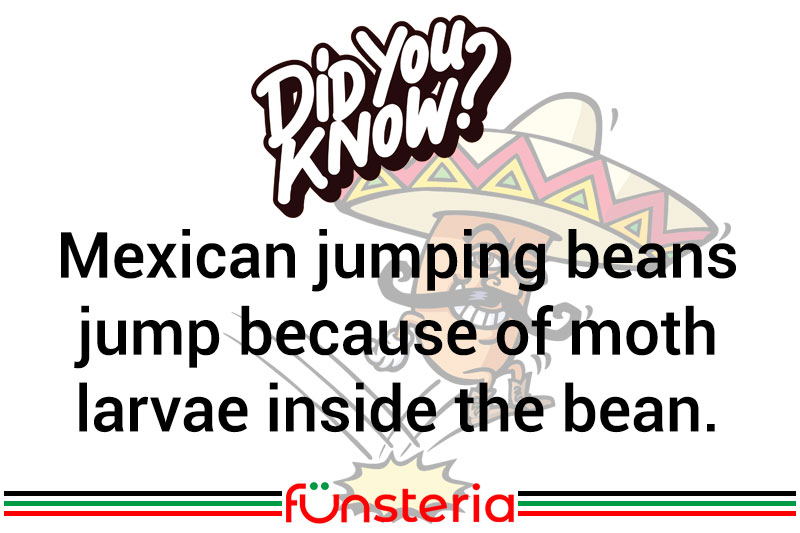
One of those “fad” kind of toys to come along in the latter part of the 1900s, was the Mexican jumping bean.
Definitely livelier than a pet rock, the bean’s benefits as a “pet” included no cleaning up, no feeding, and not having to take it for walks. They’re also non-toxic in case the dog eats them. But of course, every kid asked: what makes it jump?
The beans themselves come from a shrub that grows only in Mexico, hence the name. Every Spring, a female moth enters the shrubs flowers and lays her eggs. The seeds of the shrub then form around the eggs, which hatch into larvae, inside the bean pods.Around May, the three-section beans ripen, and fall off the bush. That’s when the fun and the jumping, begins.
The larvae inside the bean are activated by warmth, and will twist and turn, causing the bean to jump. In a natural environment, this discourages birds from taking those beans.
The jumping activity will continue for 3-5 months, over the summer. Eventually, there will be a period of no activity, when the larvae enter a pupae stage inside the bean, and begins to mature as an adult moth. In nature, the moth will then exit through the tiny hole that you see in your Mexican jumping bean. But in “captivity”, the larvae may die a natural death inside the bean.



